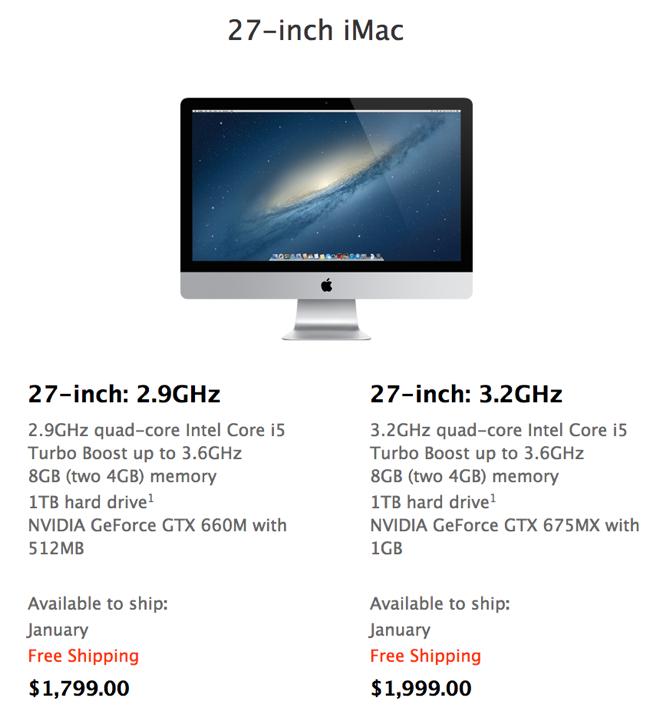


This is why I’m asking.Īfter having spent time on that Intel list of Sandy Bridge CPUs, I’ve been thinking about how technically fast Snow Leopard could get - not because Snow Leopard is some laggard (pssht, hardly), but because I’d want it to handle the ever-heavier media and computing demands we inevitably might throw at it over the coming years. Tl dr: Have any of you tried and/or managed a successful BGA swap with any of the Sandy Bridge Macs (either dual core or quad core)? In short, I’m planning for basically the fastest iteration of a Sandy Bridge Mac mini as a multi-purpose server (including streaming audio). If supplying a mid-2011 quad core i7 2.0GHz Mac mini Server board with an i7-2635QM CPU, could any of the following chips be swapped in successfully via BGA board solder by a skilled hand? I see these specs and am left wondering whether any of them could be used, or whether there might be some additional barrier involved (like Apple’s firmware): Which brings me to the following other Sandy Bridge BGA-based quad-core CPUs produced by Intel. I’m not 100 per cent sure, because I’ve previously made uninformed assumptions about another line of Intel CPUs - Penryn C2Ds - and learnt how front-side bus specs on those were highly relevant with respect to whether CPU upgrades were possible. This is all to say: all the basic specs of the quad-core Sandy Bridge CPUs on Intel’s site appear to be interchangeable between one another. It seems dual-core chips use FCBGA1023 and quad-core chips use FCBGA1224: For the life of me, I cannot find a form factor difference between the two, and TechPowerup shows the BGA pattern between the two as identical (though they just as easily be using a general stock image). Some Sandy Bridge CPUs appear to use the FCBGA1023 BGA socket while others appear to use the FCBGA1224 socket. Others use different on-chip cache values (the base dual-core mid-2011 Mac mini uses 3MB on-chip, while some of the high-spec Intel CPUs - listed below - go as high as 8MB on-chip). This is nerdy stuff, so I ought to summarize Sandy Bridge features: all quad-core Sandy Bridge CPUs share a 5 GT/s on-chip bus use 1333MHz PC3-10600 DDR3 RAM feature the usual HD Graphics 3000 iGPU 32k L1 cache per core and 256k L2 cache per core and the Mac mini Server version has 6MB on-chip cache. I’ve spent an unhealthy bit of time poring over the Intel page labelled, “ Products formerly Sandy Bridge” and looking over chip and bus specs between the CPUs Apple shipped for the mid-2011 Sandy Bridge Mac mini (such as the high-end Core i7/2.0GHz quad-core server model, i7-2635QM). If we’re ever going to bring in slightly newer early Intel Macs, the Sandy Bridge Core iX series - which were sold alongside late C2D Macs - ought to be fair game.


 0 kommentar(er)
0 kommentar(er)
